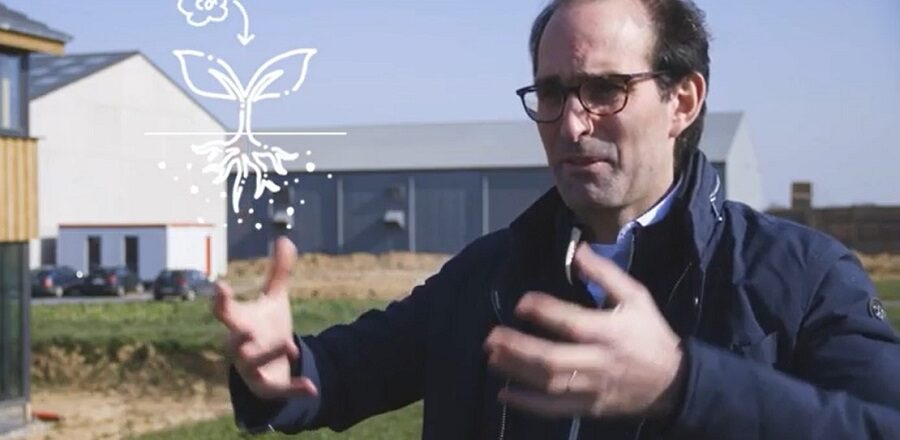
Greenhouse effect: livestock is not the main culprit
Cattle are not the main culprits for the greenhouse effect. Indeed, ruminal metabolic activity has the ability to use biogenic carbon contained in the cellulose of plants that ruminants eat.
Let’s start at the beginning so that we can disprove an urban legend. Plants grow by absorbing carbon dioxide and releasing oxygen, thanks to chlorophyll photosynthesis; by removing carbon from the atmosphere, a process known as “carbon fixation“, plants help to counteract the so-called “greenhouse effect“. Just think that a medium-sized tree absorbs a ton of CO2 per cubic meter of growth and emits 727 kg of oxygen (ECCI, Edinburgh Centre for Carbon Innovation).
Carbon absorbed by the atmosphere during photosynthesis is deposited in the leaves, roots, and stems of plants mostly in the form of cellulose, the world’s most abundant organic compound found in plants.
#Cattle are not the main culprits of the #GreenhouseEffect. Indeed, #rumen metabolic activity has the ability to use #BiogenicCarbon contained in the #cellulose of the #plants they feed on. Click To TweetStudies show the amount of cellulose is very high in grasses and shrubs growing in uncultivated lands, soils accounting for two-thirds of agricultural land and that can only be used with ruminant grazing. Feeding on these plants, ruminants degrade and digest cellulose in the rumen, in which the biogenic carbon originating from vital processes is trapped. Therefore, it is a natural cycle of formation and transformation of chemical elements.
Ruminal metabolism has the side effect of creating methane derived mainly from ruminal fermentation (44%) and animal manure (6%) [FAO, GLEAM model], which disperses into the atmosphere. However, unlike what happens with the burning of oil and coal derivatives, that emitted by ruminants is a gas without “particulate matter”.
The #methane #emissions of #ruminants after a decade are transformed into #water #vapor and #CO2, and are again absorbed by #forage #crops by means of chlorophyll #photosynthesis. Click To TweetIt has been calculated that methane emissions, including those due to ruminants, turn into water vapor and CO2 after about a decade and are then absorbed again by forage crops through chlorophyll photosynthesis, fuelling the CO2 conversion cycle into glucose and then into cellulose, eaten by livestock.
The cycle of biogenic carbon between plants and the atmosphere is relatively fast (in the case of cattle it lasts precisely ten years), while the carbon exchange between the atmosphere and geological reserves (fossil sources) lasts the span of a millennium.

In fact, it takes about a thousand years for the carbon dioxide released by the burning of fossil fuels to be relocated to geological reserves, that is, a hundred times that it takes for methane emitted by cattle to be transformed, absorbed by plants and re-enter the natural cycle of biogenic carbon.
By the way, it is worth pointing out that by studying ruminal microbiology, methanogenic bacteria can be reduced. Much has been done with the feed of so-called “intensive” farms (or it would be better to call them “confined”, at least in the Italian context), whose nutrients produce less methane than those farmed extensively and fed grazing.





